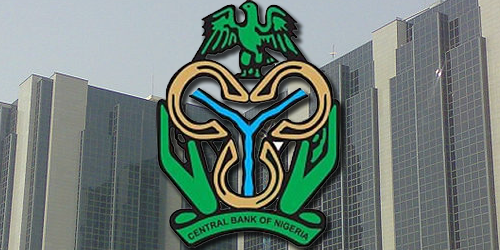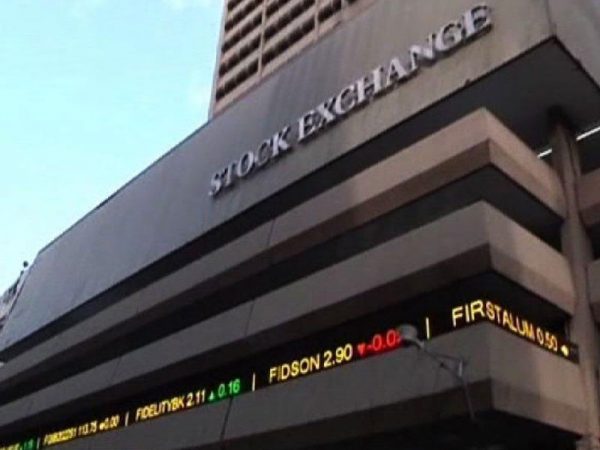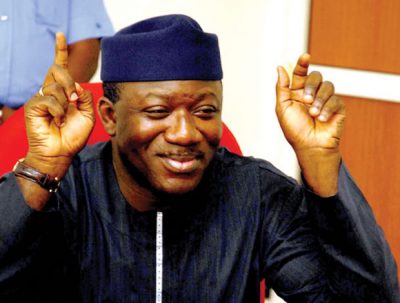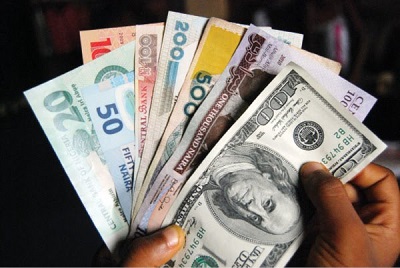Amidst concerns DMO puts Nigeria’s public debt at N25trn
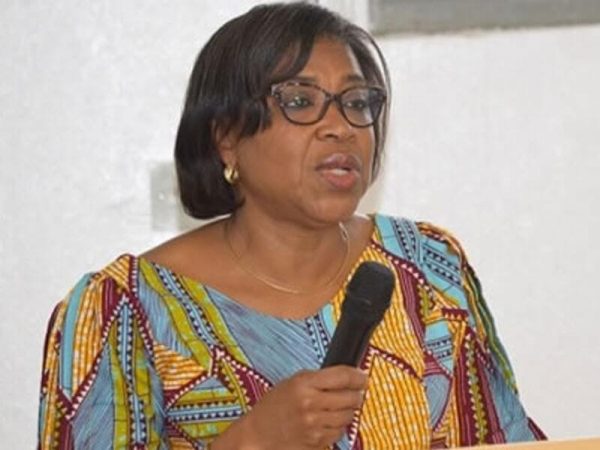
• LCCI urges govt to explore alternative revenue
Amidst concerns by the Bretton Woods Institutions, including the International Monetary Fund (IMF), and World Bank over Nigeria’s ability to repay its foreign debt, which has continued to rise, the Debt Management Office (DMO), has put the country’s public debt at N25 trillion.
Although the institutions said conditions were favourable for Nigeria to continue to borrow, but IMF’s major worry is on its capacity to repay, given the mono-product nature of the economy.
According to the DMO, Nigeria’s total public debt recorded a 2.3 per cent growth, representing about N560.009 billion between January and end March (Q1) of 2019, thus bringing the country’s new debt level to about N25 trillion, up from the end December 2018 level of N24.387 trillion.
The Director-General, DMO, Ms. Patience Oniha, in a statement, said the amount represents both the domestic and foreign debt obligations of the Federal and States Government including the Federal Capital Territory (FCT).
She said: “The Debt Management Office in its practice of publishing the Public Debt Data comprising the Domestic and External Debts of the Federal Government of Nigeria (FGN), the 36 States of the Federation, and the Federal Capital Territory (FCT), has released the Total Public Debt Data as at March 31, 2019. At N24.947 trillion ($81.274 billion) as at March 31, 2019, the total Public Debt grew marginally by 2.30% when compared to the figure of N24.387 trillion ($79.437 billion) as at December 31, 2018.”
Oniha explained that the increase of N560.009 billion in the total public debt in Q1 2019, was accounted for largely by domestic debt, which grew by N458.363 billion. She added that increases were recorded in the Domestic Debt Stock of the FGN, States and the FCT.
On the foreign front, she indicated that the debt also increased by N101.646 billion during the same period.
“In relation to the Debt Management Strategy, the ratio of Domestic to External Debt stood at 68.49% to 31.51% at the end of March 2019. The Total Public Debt to GDP ratio was 19.03%, which is within the 25% Debt Limit imposed by the Government,” Oniha defended.
Like the Bretton Woods institutions, the Lagos Chamber of Commerce and Industry (LCCI), is worried about the rising debts, saying the development calls for concern bearing in mind that in three years, Nigeria’s debt profile rose from $10.32billion on June 30, 2015 to $22.08billion by June 30, 2018.
Indeed, the LCCI noted that any additional loan to the current profile would invariably increase Nigeria’s overall debt portfolio, which stood at N24.39trillion as at December end, last year.
“Already, the Federal Government proposed to spend a total of N2.14trillion on debt servicing in the 2019 fiscal year, which is 27% of revenue. We are concerned with the increasing amount meant for debt servicing, which is becoming worrisome as more funds that could be used for developmental projects are being used to service debts.
“We expect the government to cut down its debts and seek other ways of raising funds, by rigorously promoting new investments to increase revenue,” LCCI President, Babatunde Ruwase said.
But the Chief Executive Officer of Economic Associates, Dr Ayo Teriba, believes Nigeria’s debt cannot be discussed in isolation of the Gross Domestic Product (GDP), especially in terms of income and Federal Government’s assets.
According to him, the N25 trillion debts means nothing until related to the GDP, adding that the value of the nation’s assets is higher than the debts.
“igeria is very rich, but refuses to bring its assets to play. Hence, people begin to perceive insolvency rather than assets. Nigeria’s debt profile is not as alarming as is being perceived. Our assets are poorly valued. America and Japan have huge debts but their GDP is equally high,” he added.




